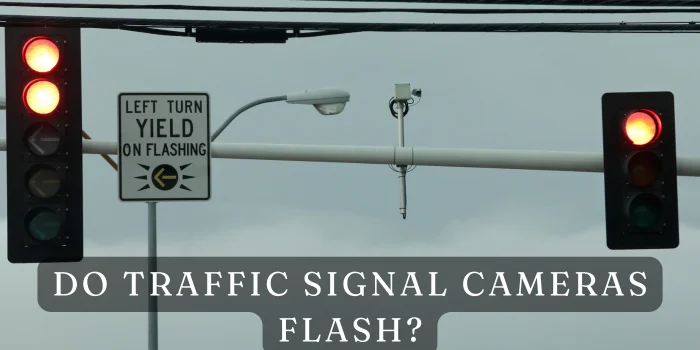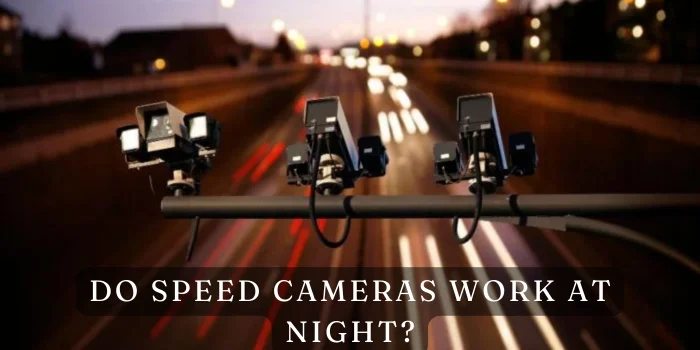Do Speed Camera Vans Have Cameras Front and Back?
Speed camera vans are expected on UK roads, but how much do we know about how they operate? One of the most frequently asked questions is whether these vans have cameras at the front and the back. In this article, we’ll explore the workings of speed camera vans, focusing on the camera setup and what it means for drivers.
Introduction to Speed Camera Vans:
Speed camera vans are vital in enforcing road safety across the UK. These vans are strategically placed to monitor and reduce speeding in areas known for accidents or high traffic volumes. But how exactly do they work, and do they have the capability to catch you from every angle?
How Do Speed Camera Vans Operate?
Speed camera vans are mobile units with technology designed to monitor traffic speed. Unlike fixed-speed cameras, these vans can be moved to different locations, making them harder to predict. This mobility allows authorities to target specific problem areas more effectively.
The Role of Speed Camera Vans in Road Safety:
The primary purpose of speed camera vans is to deter drivers from speeding. Positioning these vans in various locations, especially accident-prone areas, helps reduce the likelihood of crashes, thus saving lives and reducing road injuries.
Types of Cameras Used in Speed Camera Vans:
The technology inside a speed camera van is more advanced than you might think. These vans typically use radar or laser technology to measure a vehicle’s speed. The cameras themselves are high-resolution and capable of capturing clear images of vehicles, even at high speeds.
Front and Rear Cameras: What You Need to Know:
So, do speed camera vans have cameras at both the front and back? The answer is it depends. Some speed camera vans have cameras on both ends, while others might only have a rear-facing camera. Let’s break it down further.
Do All Speed Camera Vans Have Front and Back Cameras?
Not all speed camera vans have cameras at both the front and back. Many vans are equipped with rear-facing cameras, which capture the speed of vehicles as they pass by. However, some modern vans have front and rear cameras, allowing them to catch speeding vehicles from multiple angles.
How Do These Cameras Function?
The rear camera is typically the most important one, as it captures the vehicle’s speed after it passes the van. This setup lets the camera get a clear shot of the vehicle’s number plate. If a front camera is also present, it can capture the vehicle’s speed before it passes the van, providing an additional layer of evidence.
What Happens If A Speed Camera Van catches you?
If you’re caught speeding by a speed camera van, the process is relatively straightforward. The camera captures the necessary evidence, and the authorities review it.
The Process of Issuing a Penalty:
Once the footage has been reviewed and it’s confirmed that you were speeding, a Notice of Intended Prosecution (NIP) will be sent to the vehicle’s registered keeper. This notice usually arrives within 14 days of the offence and will detail the alleged speeding incident.
Can You Contest a Speeding Ticket?
If you believe the speeding ticket was issued in error, you can contest it. However, it’s essential to have a solid reason for contesting, such as proving that your vehicle was not in the location at the time of the alleged offence or that the equipment was faulty.
The Legalities Surrounding Speed Camera Vans:
Understanding the legalities surrounding speed camera vans can help you stay informed and avoid penalties. Here are some of the fundamental rules and regulations you should know.
Placement of Speed Camera Vans: What Are the Rules?
There are guidelines regarding where speed camera vans can be placed. They are usually positioned in areas with a history of accidents or where speeding is common. However, they must be parked legally and not obstruct traffic.
How Visible Should Speed Camera Vans Be?
Speed camera vans must be visible to drivers. This is part of the deterrent effect—if drivers see the van, they are more likely to slow down. However, no specific rule says how far in advance the van must be visible.
Common Myths About Speed Camera Vans:
Many myths about speed camera vans can confuse. Let’s address some of the most common ones.
Do Speed Camera Vans Operate 24/7?
No, speed camera vans do not operate around the clock. Officers usually operated them, meaning they only operated during certain hours. The times can vary depending on the location and the enforcement strategy.
Can They Catch You on Both Sides of the Road?
If a speed camera van has both front and back cameras, it can catch you on both sides of the road. However, this depends on the van’s specific setup and the direction in which the cameras are pointed.
Conclusion:
Speed camera vans are an essential tool in promoting road safety, but they can also be a source of anxiety for drivers. While not all vans have front and back cameras, understanding how these vehicles operate can help you drive more confidently and stay within the speed limit. Remember, the best way to avoid a speeding ticket is to drive safely and responsibly at all times.
FAQs:
Are speed camera vans always active?
No, speed camera vans are only active when officers operate them.
How far can speed camera vans detect your speed?
Speed camera vans can detect your speed from several hundred meters away, depending on the technology used.
Do speed camera vans work in bad weather?
Yes, speed camera vans can still operate in bad weather, although severe conditions may affect the cameras’ accuracy.
Can speed camera vans capture other offences?
Some speed camera vans can capture other offences, such as using a mobile phone while driving or not wearing a seatbelt.
Can you tell me if you’ve been caught?
There’s no immediate way to know if a speed camera van has caught you you’ve. You’ll usually find out when you receive a Notice of Intended Prosecution.




